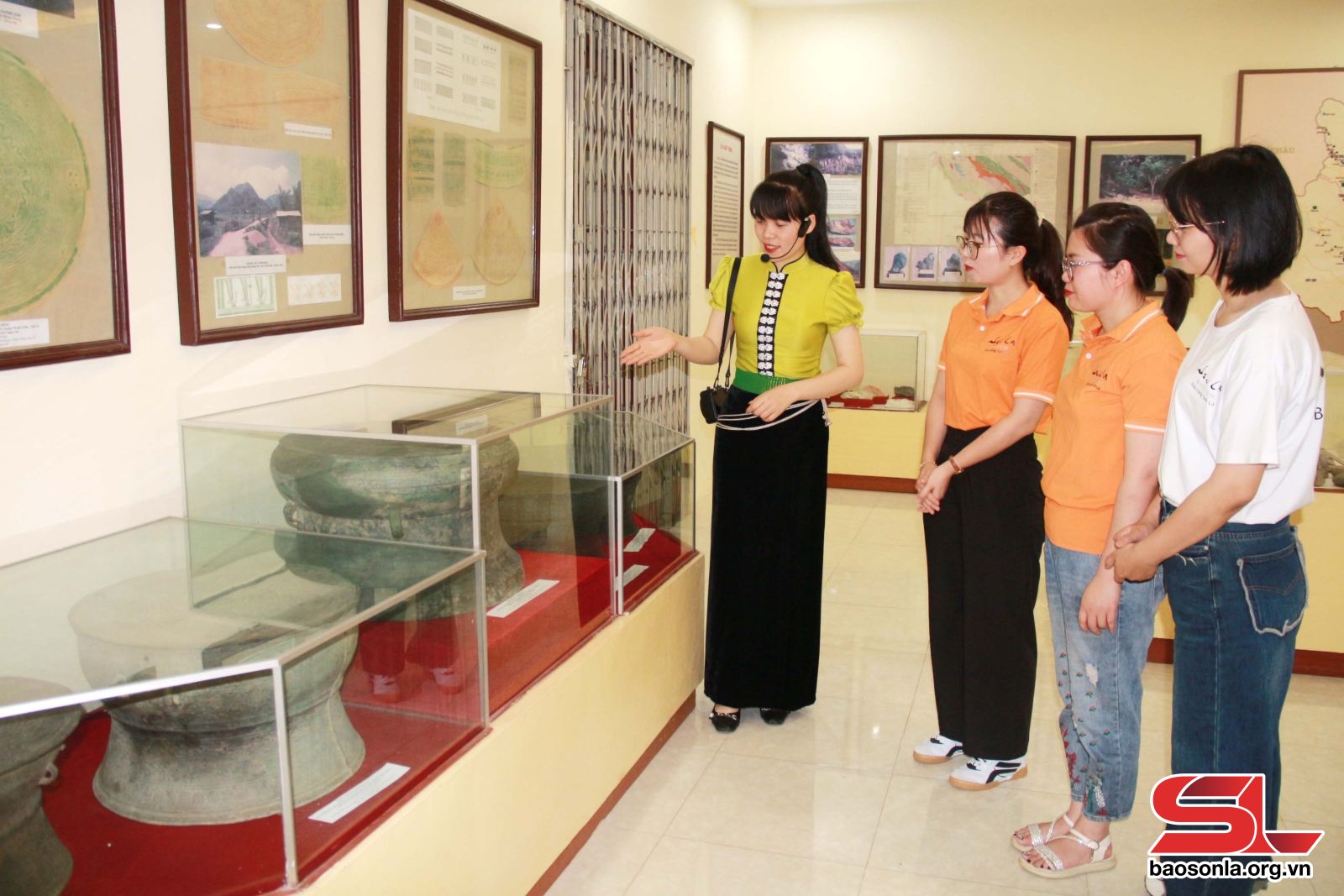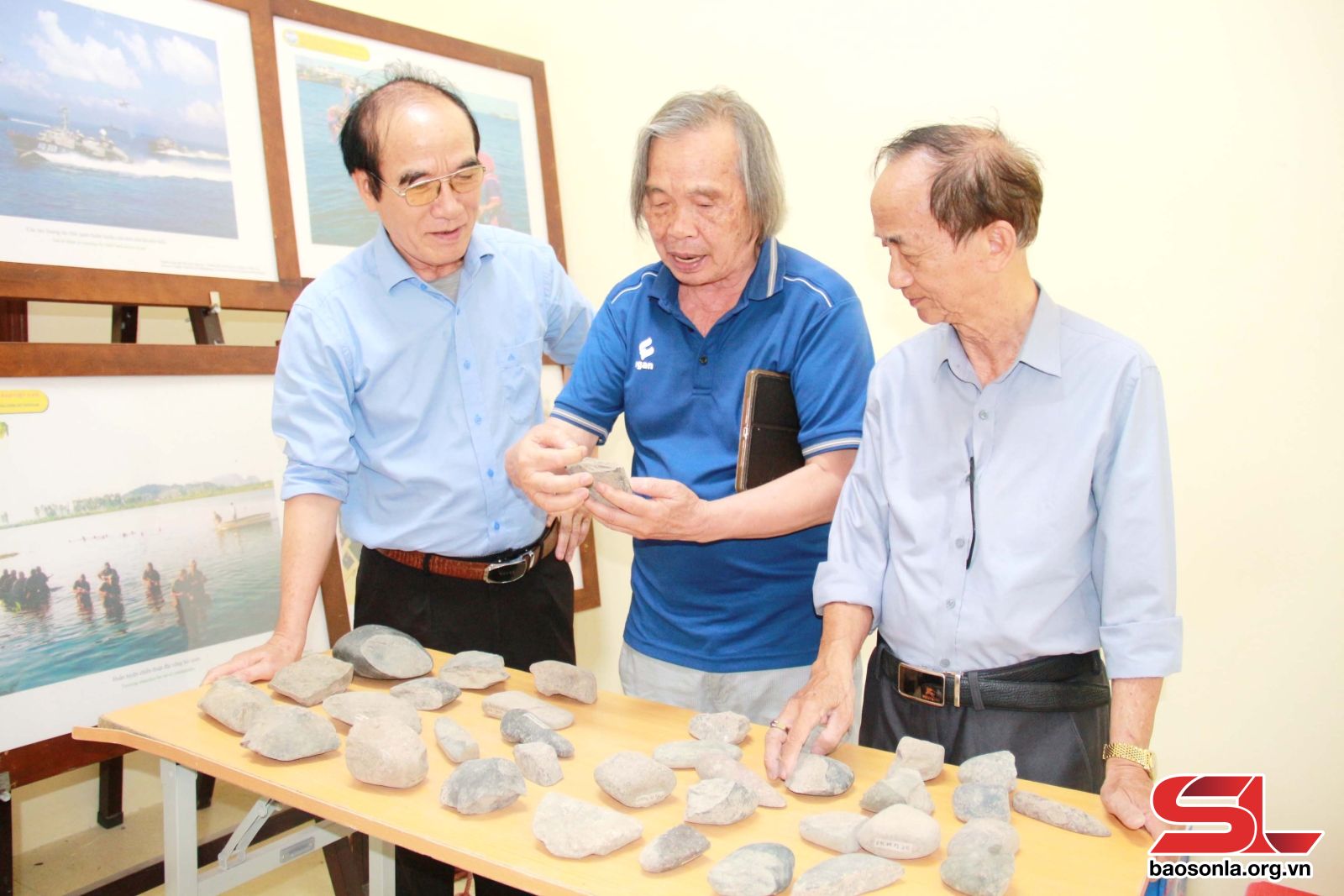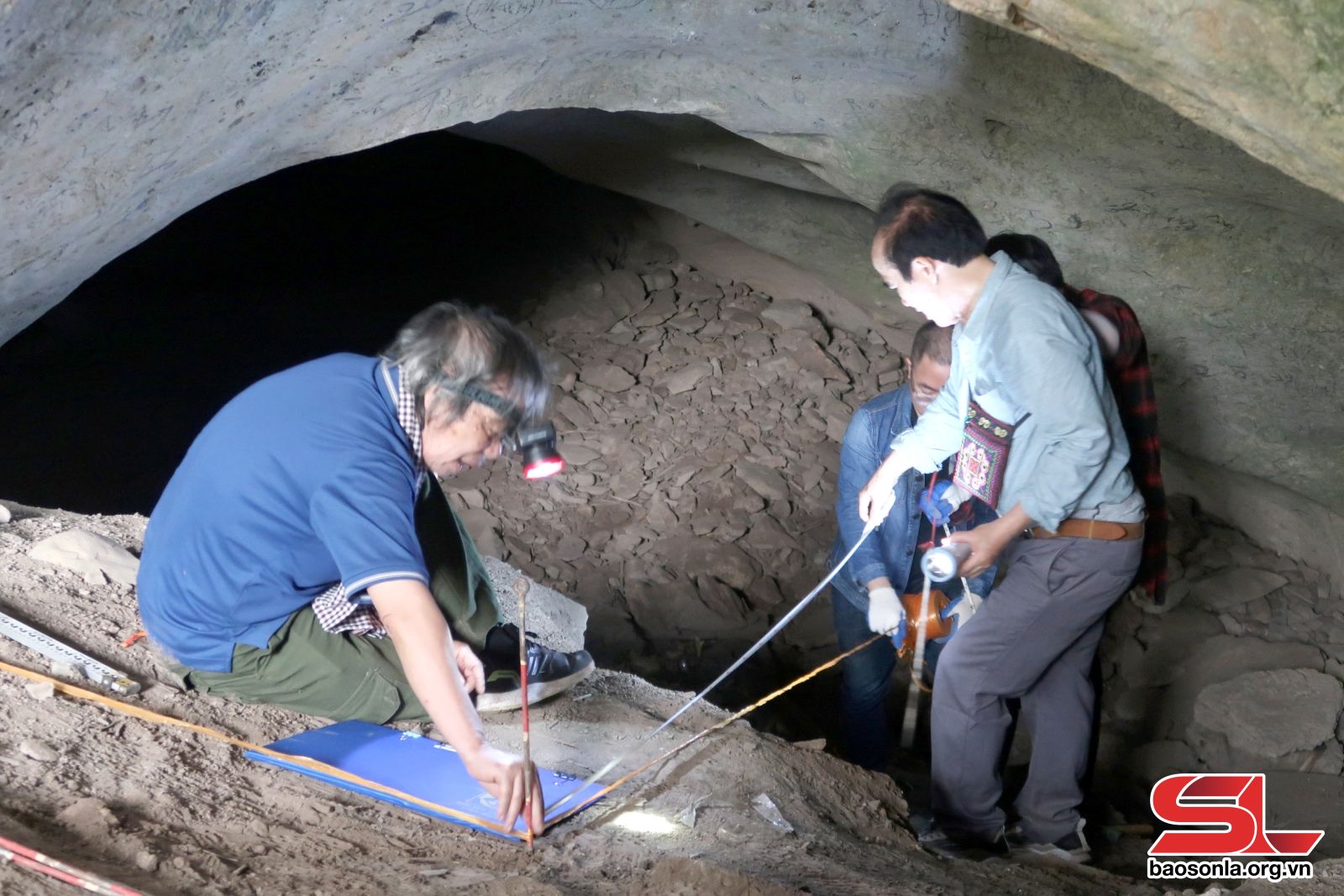Eleven archaeological sites in the province have been recognized, ranked, located, named, and included in scientific dossiers in line with regulations set by the Ministry of Culture, Sports and Tourism.

They include a stone workshop in Mon hamlet, Thom Mon commune, Thuan Chau district, the first to be found in Son La in 1927. It is considered “natural home” of prehistoric people, with thousands of artifacts dating back from 1,000 to 6,000 years unearthed.
Besides, the Co Noong Cave in It Ong township, Muong La district, located right on the bank of the Da River, was excavated in 1997 with numerous artifacts dating back to the Late Neolithic.
Many other natural caves were also discovered, providing initial evidence of ancient inhabitants, such as Tham Puoc Cave in Bac Yen district; Tang Me Tomb Cave and Pong Cave in Van Ho district; Hua Bo Cave in Muong La district; Tham Mu Cave in Mai Son district; Tang Cave in Phu Yen district; and Lan Le Cave in Quynh Nhai district.

More than 11,000 archaeological artifacts, which are being displayed and preserved at the provincial museum, have been identified to date back to the Old Stone Age (Paleolithic), the New Stone Age (Neolithic), and the Bronze Age.
The artifacts are in a diverse range of forms, such as cobblestones, shards, pottery fragments, arrowheads, combat weapons, containers, bronze drums, copper jewelry, and even relatively intact remains found in burial sites.
Among them are valuable objects dating to the prehistoric period, notably the collection of 34 bronze drums discovered at various archaeological sites along the Da River in Son La.
They vividly mirror the continuous development of ancient inhabitants throughout different periods, from the primitive era to the early stages of the Metal Ages in the land of Son La.
In the process of constructing the Hoa Binh and Son La Hydropower Plants, the Vietnam Institute of Archaeology collaborated with Son La province to study and excavate an extensive network of archaeological sites within the hydropower reservoir areas.
Over 50 years ago, 24 archaeological sites were discovered across the three districts of Moc Chau, Yen Chau, and Phu Yen within the Hoa Binh hydropower reservoir area, with thousands of artifacts unearthed.
Archaeologists re-conducted surveys of these sites, systematised archaeological documents, and outlined the historical and cultural processes of communities from approximately 30,000 to 3,000 years ago.

In the reservoir area of the Son La Hydropower Plant, they found 15 sites in the three districts of Quynh Nhai, Thuan Chau, and Muong La, with over 6,000 artifacts, providing a vibrant source of exhibits for the hydropower reservoir area cultural heritage exhibition centre in Muong La district, which features the distinctive historical and cultural traditions of the four ethnic groups in the Son La hydropower reservoir area.
The provincial Department of Culture, Sports, and Tourism has been actively coordinating with experts from the Vietnam Institute of Archaeology and the Vietnam Archaeological Association to conduct surveys, excavations and assessments, and complete scientific dossiers for several archaeological sites, and ancient artifacts./.























You have 500/500 characters left
Please enter 5 or more characters!!!